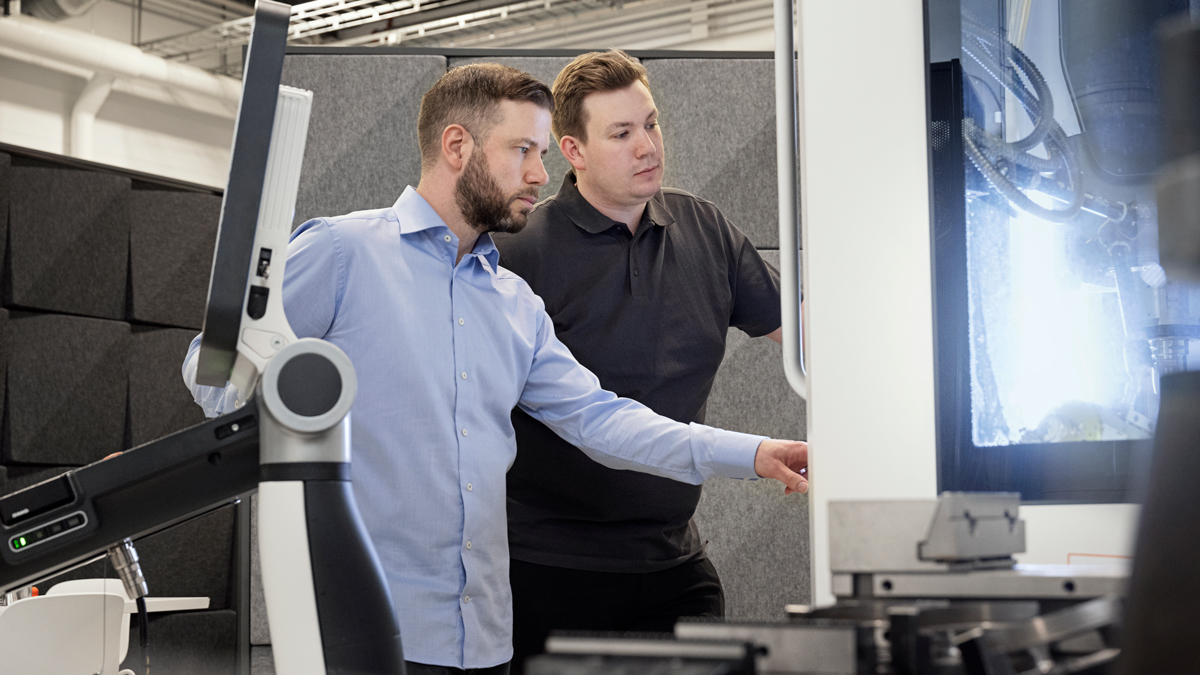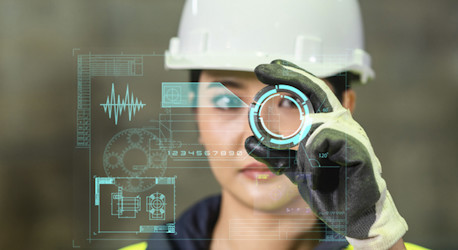Creating the impossible statue

Creating the Impossible Statue: A Tale of Artistry and Innovation
Art has always been a reflection of human creativity and imagination. It’s a medium through which we express our thoughts, emotions, and ideas. Artists throughout history have pushed the boundaries of what’s possible, constantly seeking new ways to capture the essence of their vision. In this post, we delve into the fascinating world of creating the impossible statue, where artistry meets innovation.
The Conception of an Impossible Idea
Every great work of art begins with an idea, a spark of inspiration that drives an artist’s passion. The concept of creating the impossible statue is rooted in the desire to challenge the very limits of traditional sculpture. It’s about taking the ordinary and transforming it into something extraordinary. Artists embark on this journey with the goal of leaving viewers in awe, inspiring them to question what they thought was possible.
The Role of Modern Technology
In the past, sculptors were constrained by the physical properties of their materials. Marble, bronze, and wood were the primary mediums, each with its own set of limitations. However, in the 21st century, modern technology has opened up new horizons for artists. With the advent of 3D printing and advanced materials, sculptors can now bring their most audacious ideas to life.
Imagine a statue that appears to defy gravity, a figure seemingly suspended in mid-air. Through the use of transparent materials and meticulously crafted supports, contemporary artists can achieve this breathtaking effect. This fusion of traditional craftsmanship and cutting-edge technology results in sculptures that challenge our understanding of what can be achieved in the world of art.
The Intersection of Art and Science
Creating the impossible statue often involves collaboration between artists and engineers. It’s a marriage of artistic vision and scientific expertise. Engineers help artists realize their concepts by designing intricate internal structures that provide stability while maintaining the illusion of impossibility.
For example, a floating statue may rely on carefully calculated counterweights and hidden anchors to maintain its balance. This delicate dance between art and science exemplifies the innovative spirit of modern sculpture.
Pushing the Boundaries of Perception
The beauty of impossible statues lies in their ability to evoke wonder and amazement. When viewers encounter these works of art, they are confronted with a paradox—a visual puzzle that challenges their understanding of the physical world. This engagement sparks conversations and encourages people to contemplate the limitless possibilities of human creativity.
Conclusion
Creating the impossible statue is a testament to the enduring power of art to push boundaries and inspire. It’s a celebration of human ingenuity, where imagination knows no limits. As technology continues to advance and artists dare to dream bigger, we can only anticipate even more astonishing sculptures that will leave us in awe and remind us that the impossible is merely a challenge waiting to be conquered. In the world of art, there are no bounds, and the pursuit of the impossible is a journey worth taking.







